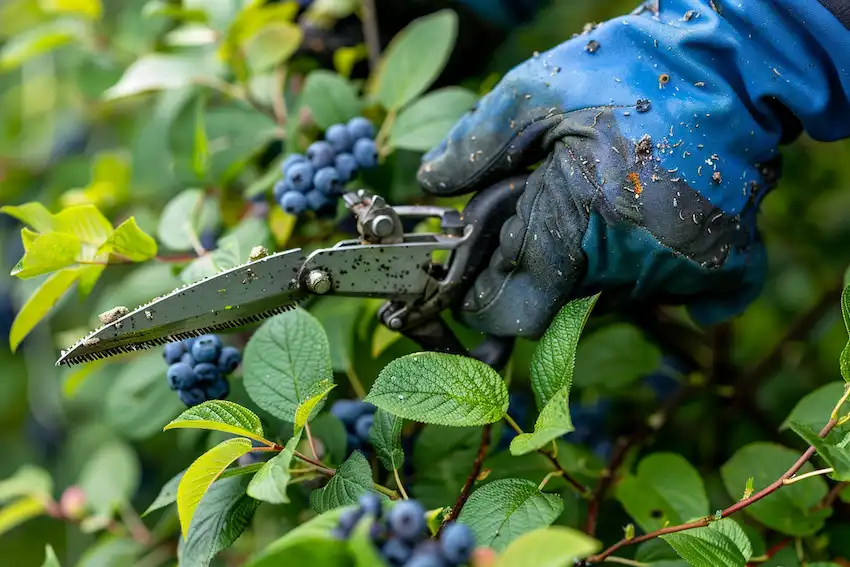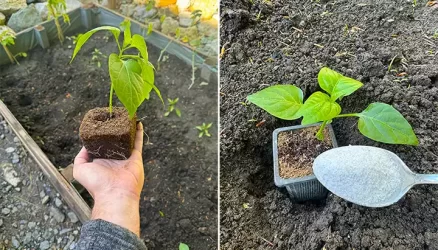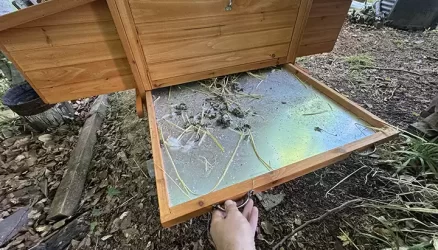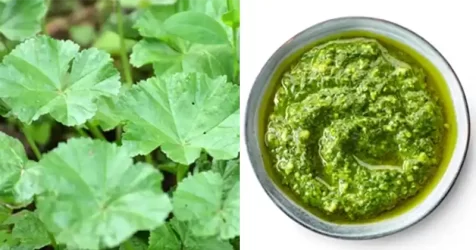Mastering the Art of Pruning Blueberry Bushes for Optimal Yield
Pruning blueberry bushes is a critical gardening task that not only maintains their size and shape but also encourages the growth of bountiful, healthy berries each year. Proper pruning improves sunlight penetration and air circulation, which in turn enhances berry quality and reduces disease incidence. This guide provides a comprehensive overview of how and when to prune your blueberry bushes for the best results.

Understanding the Basics of Blueberry Bush Pruning
Blueberries produce fruit on branches that were formed the previous year. Over time, without pruning, bushes can become overgrown and less productive. The goals of pruning are to stimulate the growth of strong new branches that will produce fruit in future years, remove old and diseased wood, and thin out the center of the bush to allow light and air to reach the interior.
Best Time to Prune Blueberry Bushes
The optimal time for pruning blueberry bushes is late winter or early spring before new growth begins. This timing allows gardeners to easily see the structure of the bush and assess which branches need to be removed. It also avoids cutting off buds that will produce this year’s fruit.
Tools You’ll Need
- Sharp, clean pruning shears
- Loppers for thicker branches
- Gloves to protect your hands
Step-by-Step Guide to Pruning Blueberry Bushes
- Sanitize Your Tools: Before you begin, clean your pruning tools to prevent the spread of disease. You can wipe the blades with a solution made from one part household bleach to nine parts water, or simply use dish soap and hot water.
- Remove Dead or Diseased Wood: Start by cutting out any wood that is dead, broken, or diseased. These can be identified as branches that look dry, are brittle, and have no green inside when scratched slightly with a thumbnail.
- Prune for Structure and Vigor:
- Remove low-growing branches that might touch the ground when laden with fruit, as these can pick up disease and pests.
- Clear out small, twiggy branches from the center of the bush to improve light penetration and air circulation.
- Cut out any branches that cross or rub against each other to prevent wounds that are inviting to disease.
- Renewal Pruning:
- Identify 2-3 of the oldest, bark-covered branches each year and remove them at the base. This encourages the growth of vigorous new branches from the base of the plant.
- Aim to remove about one-third of the total canopy each year, focusing on the oldest branches.
- Shape the Bush:
- After removing the major problem branches, shape the bush to ensure it’s not too dense. A well-pruned blueberry bush should have an open, vase-like shape.
- Ensure that the remaining branches have room to grow and produce fruit.
- Clean Up:
- Remove all pruned material from around the bushes to reduce the risk of disease.
- Mulch around the base of the plants to conserve moisture and suppress weeds.

Additional Tips
- Avoid Over-Pruning: Especially with younger bushes, be cautious not to remove too many branches, which can stunt growth.
- Regular Maintenance: Throughout the growing season, continue to remove any branches that become damaged or diseased.
- Use of Fertilizers: Post-pruning, consider applying a balanced, slow-release fertilizer to support new growth, but be careful not to over-fertilize, as this can lead to excessive vegetative growth at the expense of fruit production.
Pruning blueberry bushes is not just about cutting back growth; it’s about strategic trimming to enhance the health and productivity of your plants. By following these guidelines, you can ensure your blueberry bushes are vigorous and yield an abundant crop of berries year after year. Remember, a little effort in the dormant season leads to sweet rewards in the summer.



















